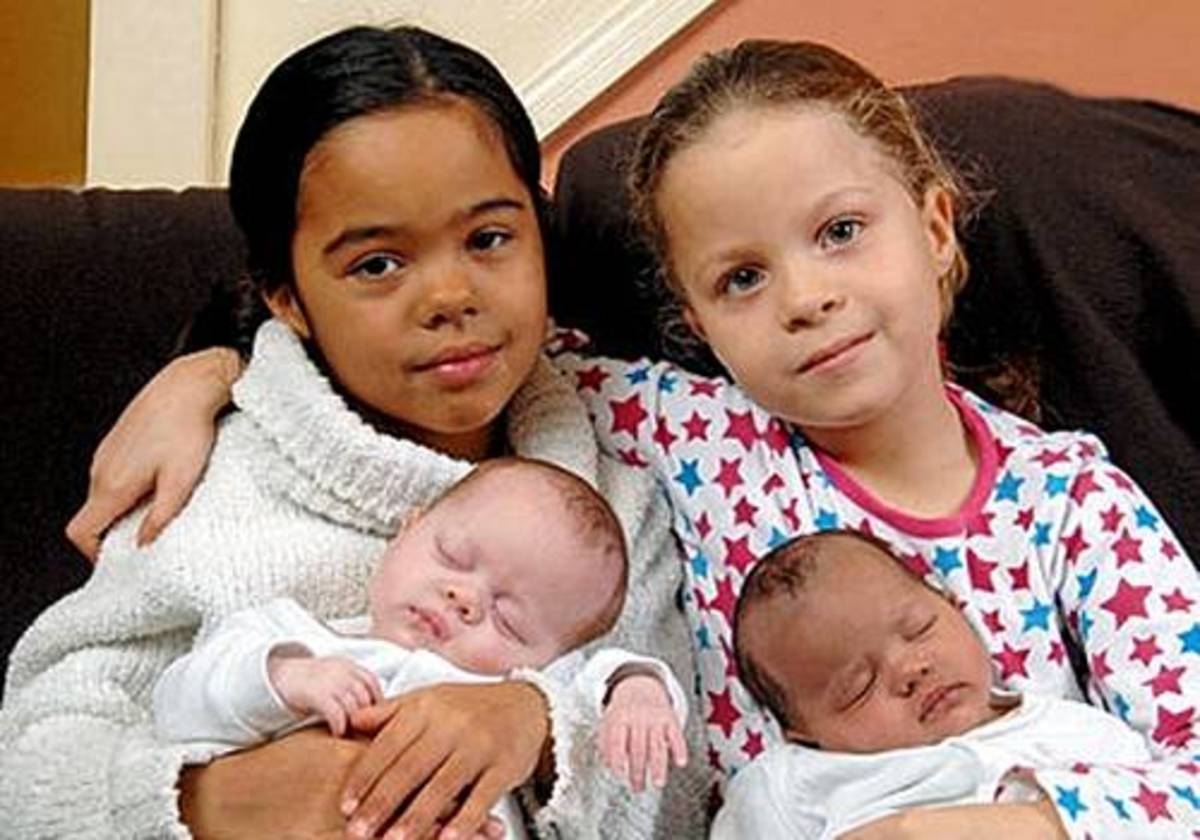
Rosie the Riveter was a famous
fictional character at the height of World War II. She was used by the American
government in the campaign urging women to join the labor force. Today, she is
used as the symbol for feminist movements and the power of women to
make a difference in society.
BACKGROUND
In 1942, Rosie was
the subject of a song written by Redd Evans and John Jacob Loeb, which inspired
the “We Can Do It” poster created by J. Howard Miller of the Westinghouse
Corporation.
The drastic
enlistment of American men during WWII resulted in a shortage of people in the
labor force. President Franklin Roosevelt, together with the War Manpower
Commission, encouraged women to fill in the labor force.
On May 29, 1943,
Norman Rockwell designed a photo for the Saturday Evening Post in addition to
J.H Miller’s “We Can Do It” poster. Rockwell depicted a muscular woman based on
his model, Mary Doyle Keefe. Miller was a graphic artist who was hired by
Westinghouse’s Internal War Production Committee to create various posters to
boost the worker’s morale.
Women working in factories
soon came to be called “Rosie the Riveter" because of a song of tat name written in 1942 by Redd Evans and John Jacob Loeb. The inspiration for
the song was Rosalind P. Walter, who worked in a factory that
made the F4U Corsair fighter airplane.
The song praised these women for their tireless work
to support the American war effort:
"All the day long, Whether rain or shine, She's part of the
assembly line. She's making history, Working for victory, Rosie the Riveter!"
ROSIE THE RIVETER
CAMPAIGN
Originally, the Rosie
the Riveter campaign was intended to encourage women to go to work. They were hired in line assembly, sewing, factories, shipyards, and in the aircraft industry. Between
1940 to 1945, the female workforce grew rapidly, but most of them were paid 50%
less than their male counterparts, so they started fighting for their rights through demonstrations and strikes.
Rosie the Riveter
also changed women’s fashion. Dresses and skirts were inappropriate for
“Rosies” (working women) dealing with hard metals. They needed more practical
clothing for work. Women began wearing denims, trousers, overalls, pants,
boots, and bandanas, which later on became a statement for equality with men.
Bandanas or head scarves in bright colors were also used.
In recent years,
Rosie the Riveter has been used to represent the fight for women’s civil rights
and the feminist movements in general.
At the end of WWII,
most of the Rosies returned home as housewives. However, many women chose to
continue to work in factories. For many, the war experience had shown them a
new life that they enjoyed and wanted to continue. Many historians point to
Rosie the Riveter as the inspiration for a new generation of women to consider
careers they had never before thought were possible.The increase of females in the
workforce didn’t happen again until the 1960s during the rise of Second Wave
Feminism in America.
THE IMAGE BEHIND
ROSIE
The identity of the
true Rosie is still under debate. Some believe that it was Geraldine Hoff Doyle
who worked in a Navy machine shop during the war.
Others thought that
it was Rose Will Monroe, a riveter at the Willow Run Bomber Plant was the image
behind Rosie the Riveter.
Based on the popular
song by Evans and Loeb, Rosalind P. Walter was the real Rosie.
Among the many
possibilities of Rosie, Naomi Parker Fraley was the most credible claim as she
was pictured while working in a machine shop in California.







